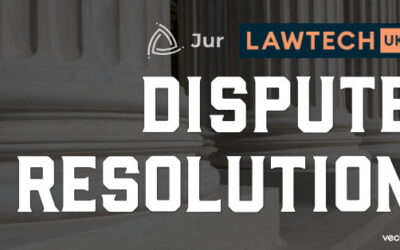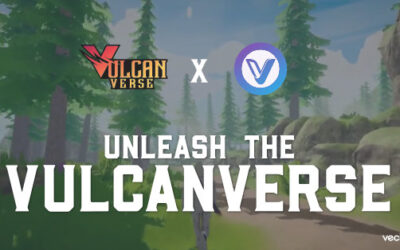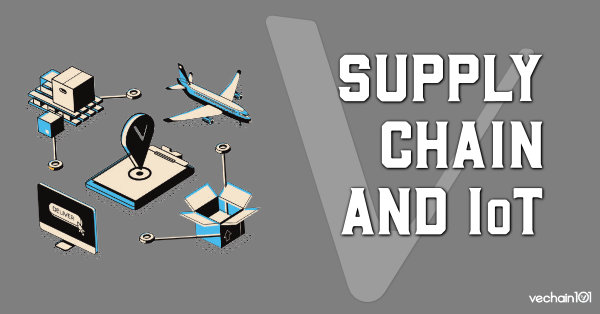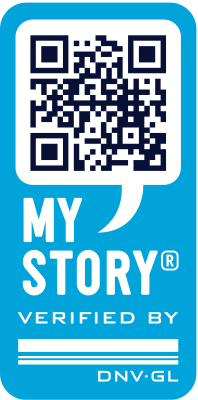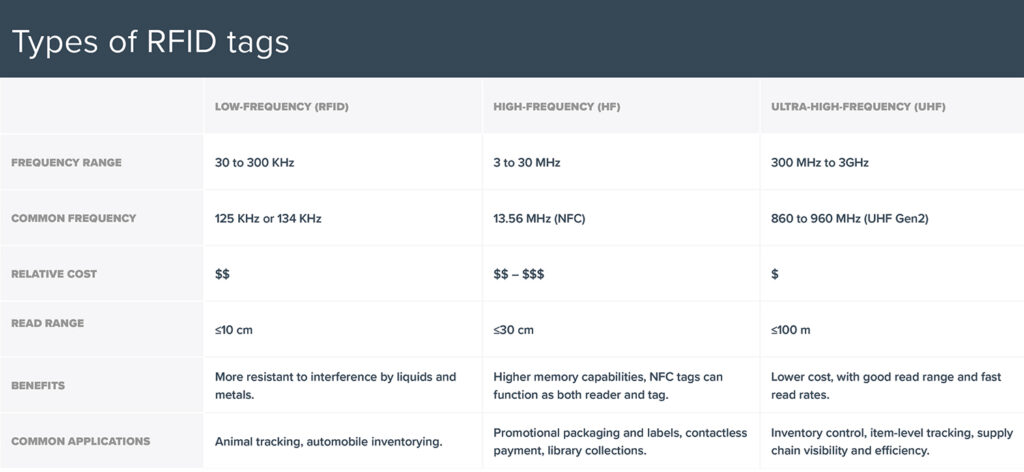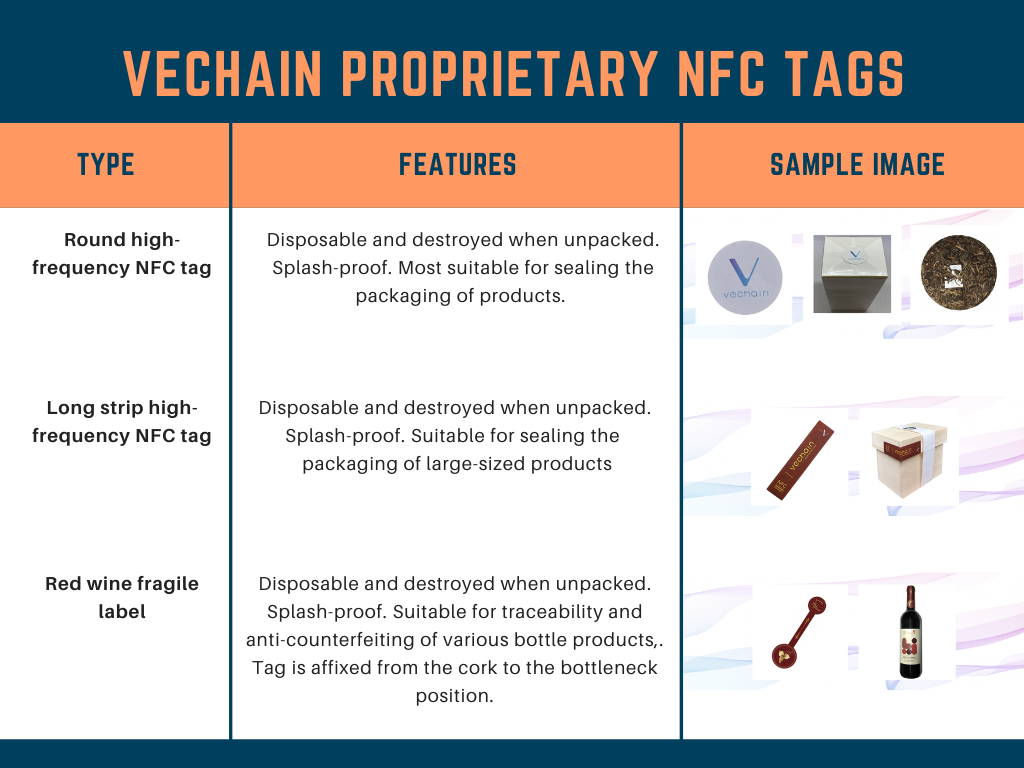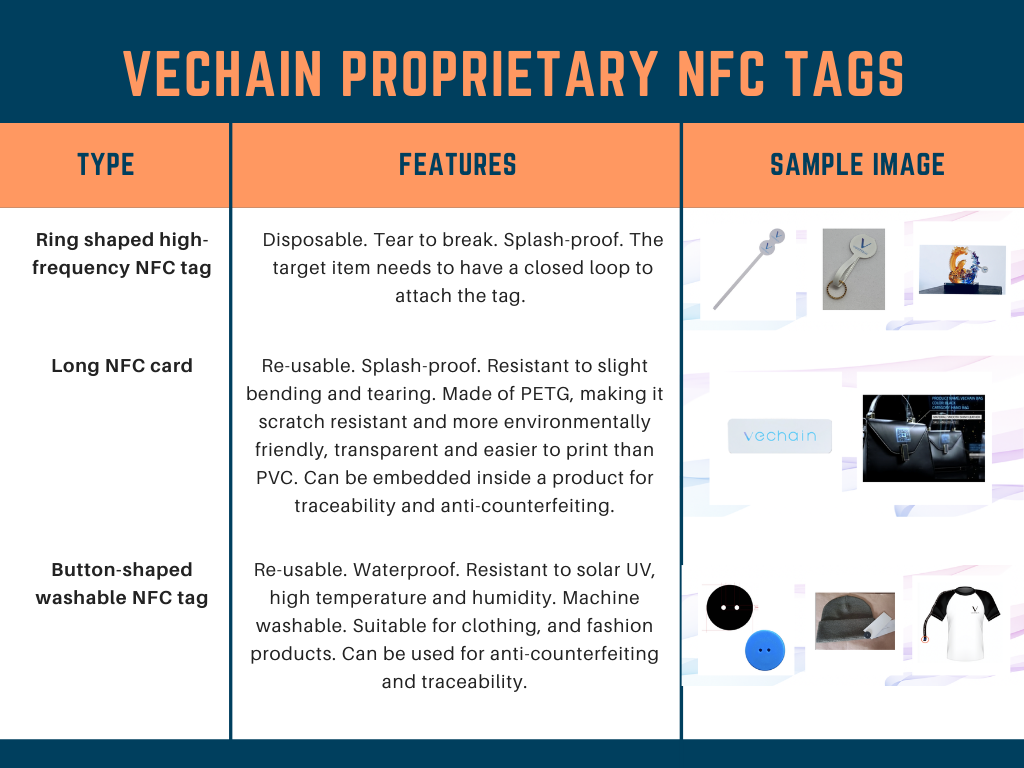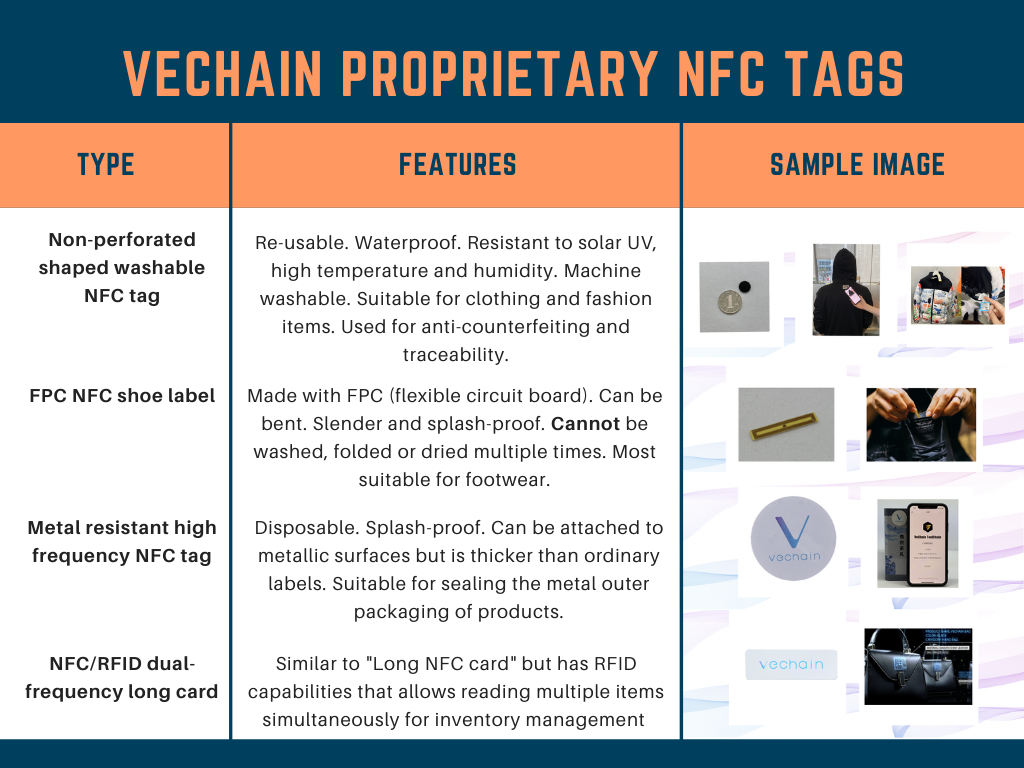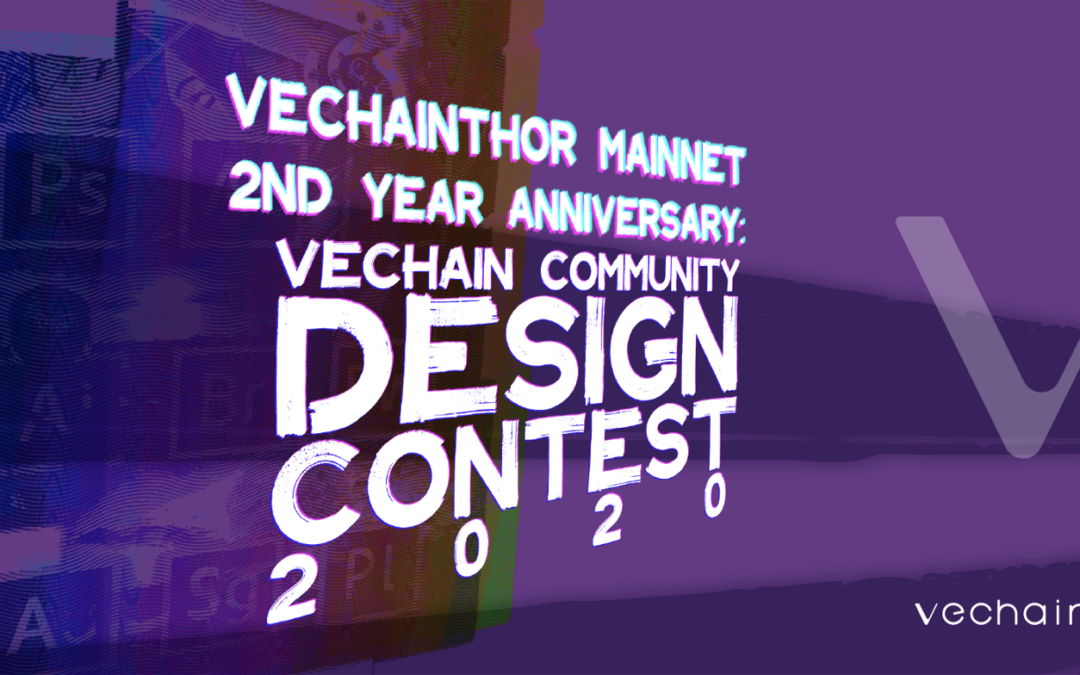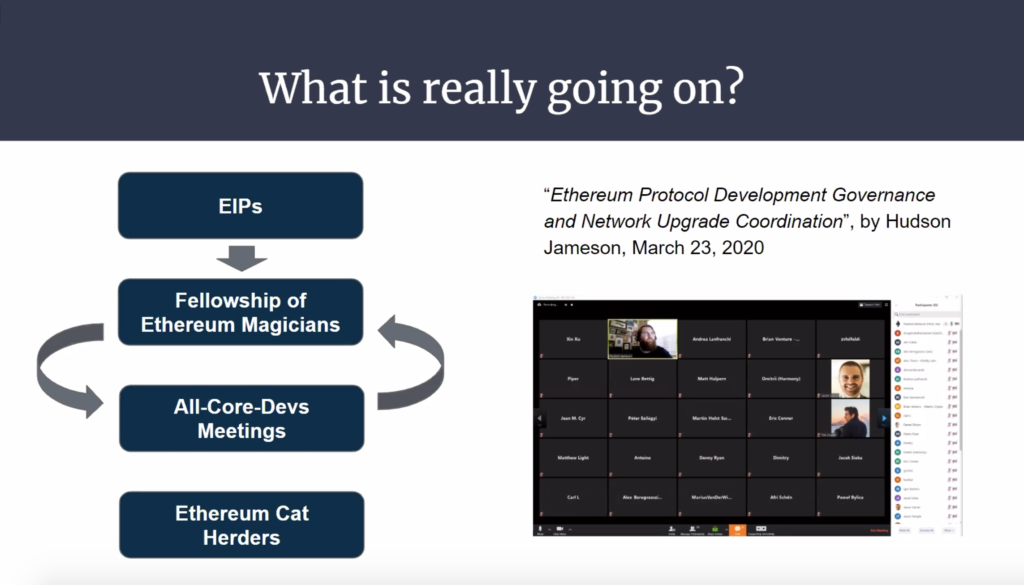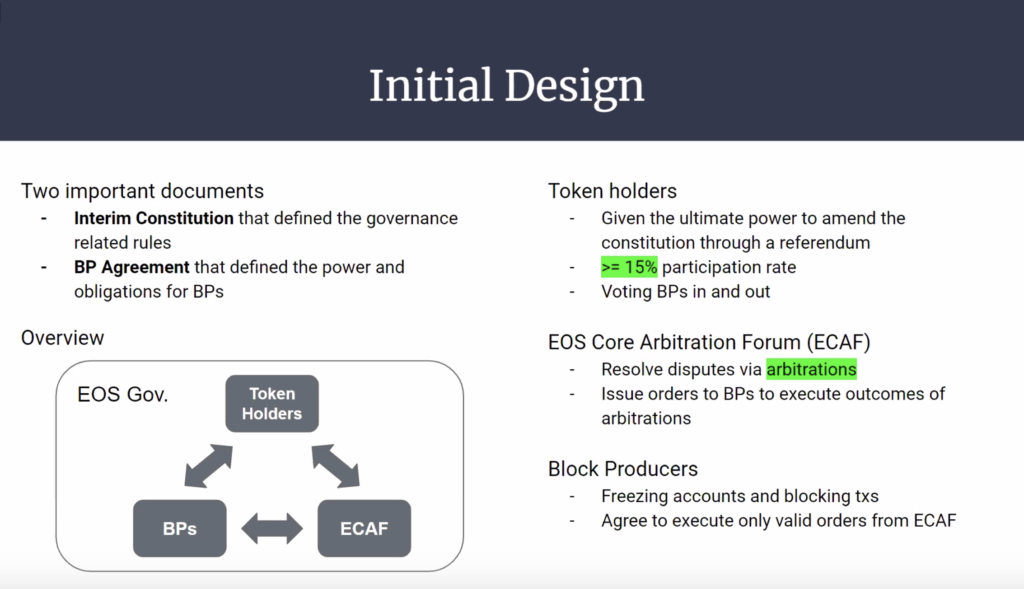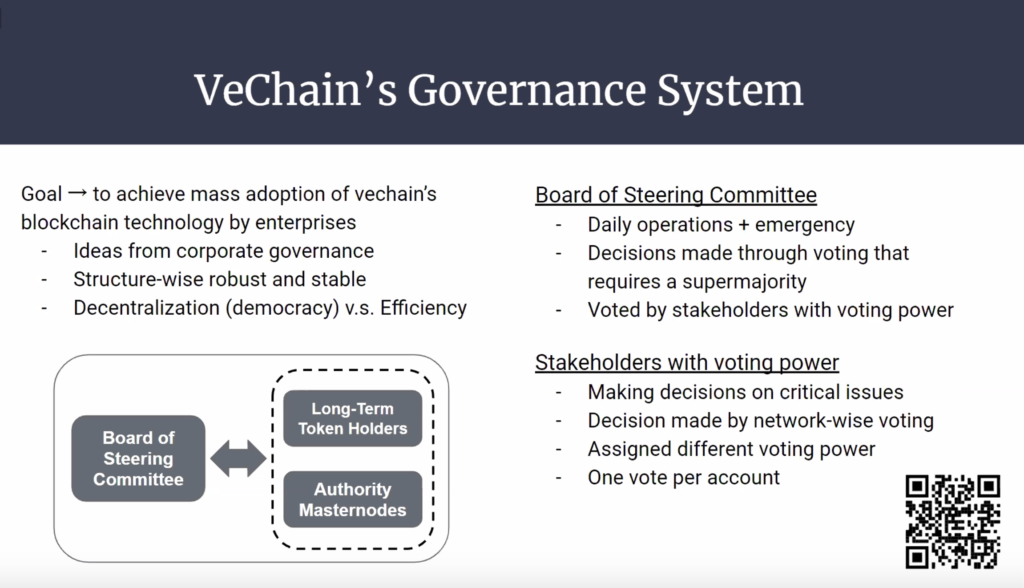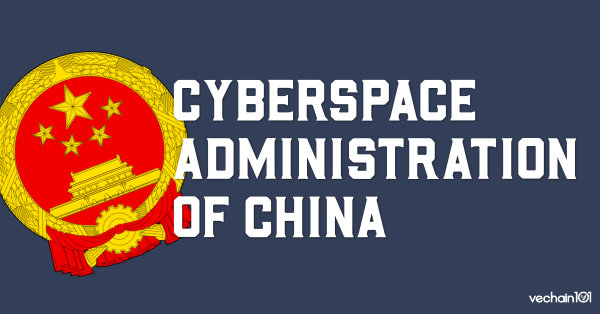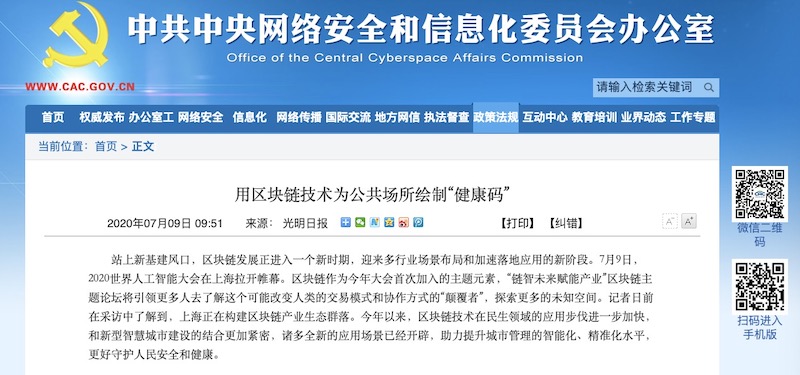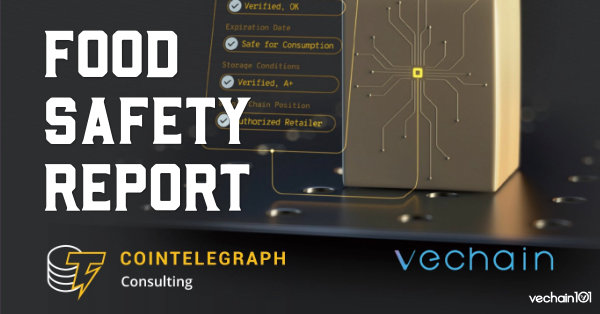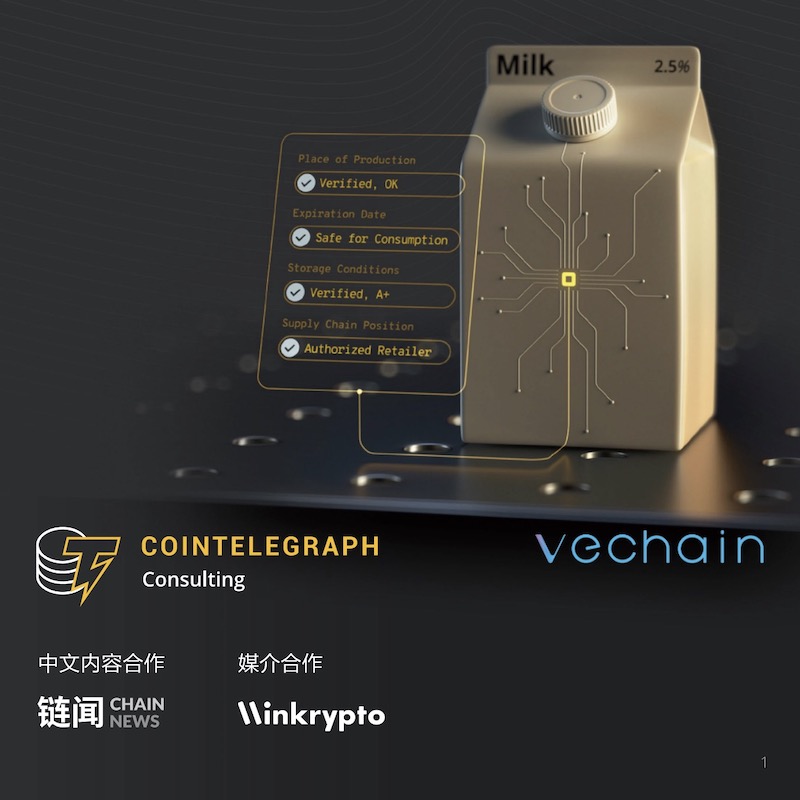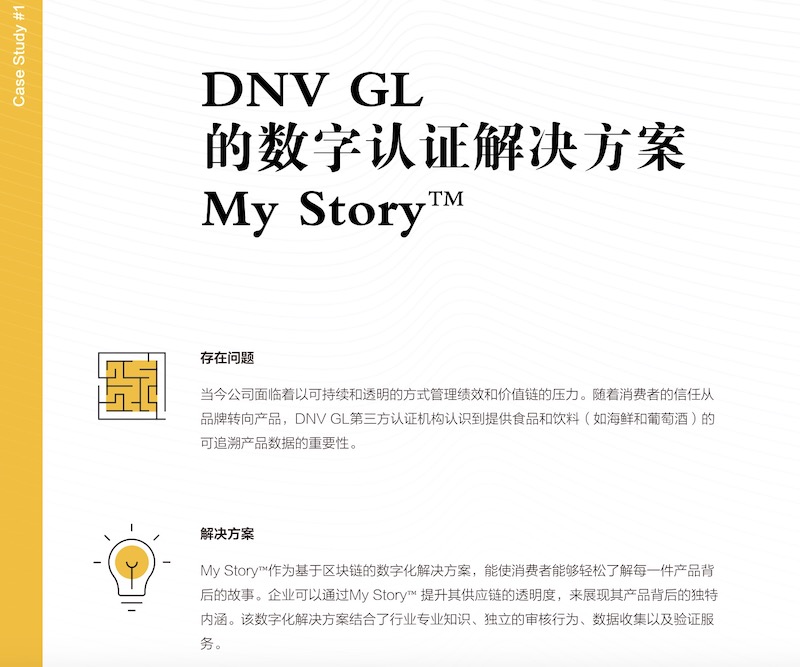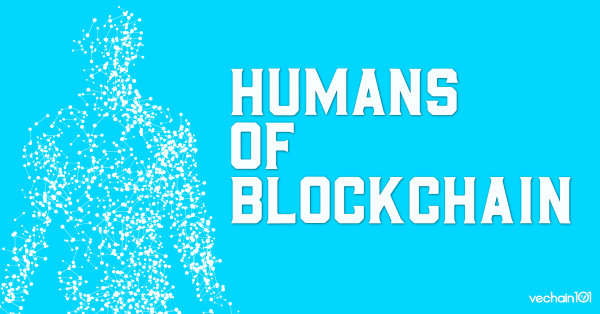
Humans of Blockchain: Crypto_Ed_NL
Humans of Blockchain is our initiative to highlight the human side of the industry and showcase blockchain professionals around the world. The goal is to get to know the people pushing blockchain forward better and understand them at a personal level. Our previous post in the series was on Peter Zhou and can be read here.
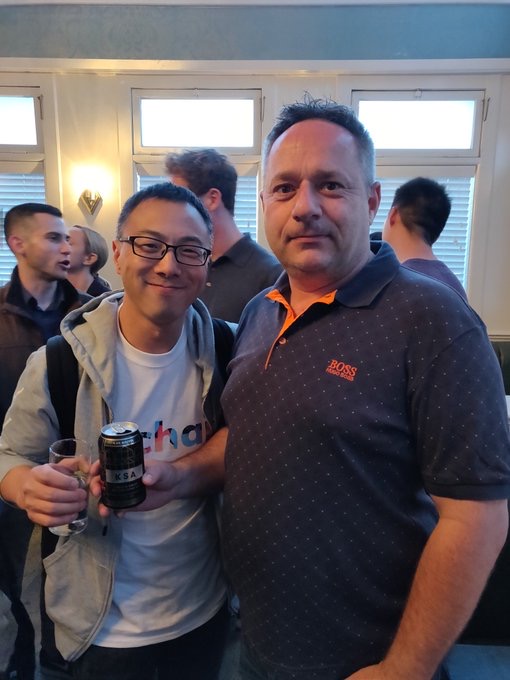
Crypto_Ed_NL with Sunny Lu
Follow @Crypto_Ed_NL Follow @CryptoTANL1
With more than 20 years of experience trading stocks, options and forex, Crypto_Ed_NL joined the crypto market in 2014. Based in the Netherlands, on September-October 2017, he was a Trading View top author and established Crypto-TA.
Crypto-TA is an officially registered training institute focused on the crypto scene. With high volatility in the markets, Crypto-TA aims to teach its members how to make decisions driven by technical analysis and trade “what you see, not what you believe”. In their own words, “we don’t give you the fish, we teach you how to fish”.
On May 2019, Crypto-TA partnered with NIIT, a world leading professional training provider used by several Fortune and Global 500 companies to develop internal talent.
In this interview we discover what it means to be a seasoned trader in the crypto market, how to avoid some common mistakes and some lessons Crypto_Ed_NL has learned since 2014.
Can you tell us about yourself?
I’m a proud father of 2 beautiful daughters in the same age as the majority on Crypto Twitter 🙂 I’m living in the Netherlands, too busy working and trading to change my status as a single.
You have more than 20 years of trading experience in asset classes including stocks, options and forex. What are the main differences and similarities you have seen between the crypto and traditional markets?
It’s mostly the differences. I prefer the dynamism in crypto. Sometimes it’s like the wild west and I’m addicted to the sentiment changes. Although it’s preferred to neutralize emotions in trading, I kind of like it very much how sentiment changes in crypto due to the high volatility. The change from an underwater position to +30% can happen in minutes (and vice versa) and that attracts me a lot.
What do you wish you had known about crypto when you first started in 2014?
The massive “back room deals” at that time. More or less everything was just P&D (Pump & Dump), all organized in secret chat rooms with VIP rooms and super VIP rooms where you always had to wonder if you were really at the highest level or if there was another level above who would dump on you.
In September 2017 you established Crypto-TA, an officially registered training institute focused on crypto trading. Can you tell us more and how you came up with the idea?
Through the years, I saw a lot of “paid groups” where the focus is on milking members for their fees every month again. I wanted to do it different, really teach the members something. When our members leave after 3 months because they learned enough to continue on their own, we did our job well.
What does a typical day for you look like now?
Too much work, that’s for sure haha, but that’s also my own created problem. I want to control and everything has to be perfect (or close to). I often hear from members that I/we deliver a lot more/faster than needed.
Time schedule: always awake around 6am, scanning the market, reading the news, charting morning updates for the group, video updates, live streams, trading, etc. Around 6-7pm I shut down my pc and try to relax a bit, mostly keeping 1 eye on the charts. Somewhere in there has to be “going to the gym”. It happens too often that I forget about that.
Crypto-TA reached a partnership with NIIT, one of the top 3 learning outsourcing companies in the world. Can you share more details about your customers being institutions?
I think there are a lot of “hobby groups” in crypto and we’re one of the few with a really professional approach and definitely following all the laws, paying taxes etc. Proven experience and maturity of the whole team certainly helps whereas most of other groups recently discovered trading/crypto and are still very young. Many of our business clients book the training course for themselves or for their employees. We even have banks as customers.
Unique in Crypto!
Really excited to share the following news with you: Crypto-TA has partnered up with NIIT https://t.co/tL4aN1Mlbb
NIIT is one of world’s largest Training Services Provider, working for a lot of Fortune500 companies.
1/3 pic.twitter.com/zBhItoUiuV— Crypto-TA-NL (@CryptoTANL1) May 31, 2019
When and how did you discover VeChain?
Someone tipped me to watch this video on YT. It was certainly not groundbreaking or proving anything but it made me interested and shorty after we started to accumulate VEN (back then only listed on Liqui)
What are you most and least excited about the crypto industry?
Most: still being early in a development that will change everyone’s lives.
Least: due to crypto being unregulated, the amount of scams and people getting away with it.
What are your thoughts about the 2017 bull run? Did you foresee it happening? What did you learn from it?
Absolute insane. Foresee? I don’t know, I remember my disbelieve when BTC cracked $1.000 again. When BTC was at 2400, I charted 6k and got loads of negative comments. I missed the exact top but was one of the first to tweet BTC targets 6-8k
Learned: take more profit on the way up.
Do you expect to see a similar bull run (as in 2017)? If so, why and by when? If not, why?
I do expect a big run for BTC. I always said “new alt season only after BTC made new ATH” but the past few weeks it has started to look more and more promising that we might see a nice run in alts first.
What needs to happen for cryptocurrencies to be formally recognised as an asset class? When do you think this will occur?
Less volatility. BTC markets are too easy to manipulate because it’s still a rather small market. As long as this remains, Average Joe will never receive messages from his bank to invest in BTC for his pension.
Excluding Bitcoin, Ethereum and VeChain, what are your 3 blockchain projects you are most excited about? Why?
Vechain is actually an exception in my portfolio. I’m much more a trader than an investor. But recently I discovered EHrT which gives me Vechain 2017 vibes. Furthermore I don’t have any specific projects.
What are the biggest misconceptions people have about trading and cryptocurrencies?
Thinking trading is so easy, mostly fed by the misleading messages on social media. It’s also another point where we differ from so many other groups. We teach members that it is fully normal to have some losing trades and social media is very misleading.
How has the market matured since 2014? How do you think it will change in the next 5 years?
Less scams (still too many). More regulations will come.
Other than DYOR, what are some dos and don’ts you would advise someone that just started trading?
Stop following and copying others with their trades, you need to build your own system.
Based on Google Trends, the Netherlands is one of the most active regions for searches in “VeChain”, “Bitcoin” and “crypto”. Why do you think there is such big interest in the country?
I have no idea, maybe it’s in our genes…. As a tiny country we are known for our commercial spirit, already since centuries.
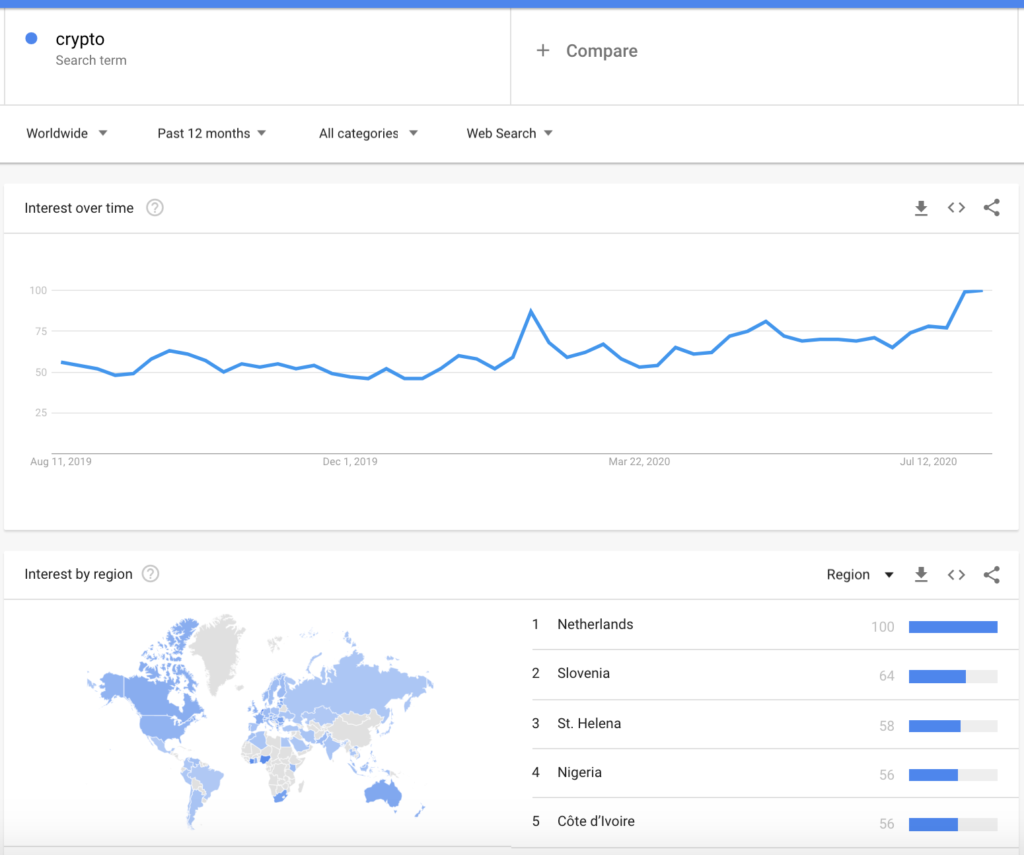
Google Trends results for “crypto” as of 11 Aug 2020
What do you think VeChain should do/change to become an even bigger success?
I think they know pretty well what they are doing and where they want to go. I have nothing to add.
Do you have a favourite quote or meme?
Trade what you see, not what you think. Don’t chase green candles. If you watch every tick, you’ll trade like a d*ck.
What is the one thing that you would like to have achieved in your life?
My life is characterized as “unstable”. On every aspect, personal, love, financial,… I’m getting close to the point where I would say I’m in calm waters again and that is my goal: to lean back and say “I did it”.
What are your hobbies?
Sadly enough: work. I have always been a workaholic and operating in a 24/7 market is like a Dutch saying “Binding a cat on the bacon”. When I find time, I go to the gym, skiing, … The local pubs do know me quite well and I want to pick up windsurfing again.
If blockchain did not exist, what would you be doing with your time instead?
Probably in International Sales like I did before.
Who is your biggest inspiration and why?
My mother who passed away in 2017. Back then I had quite some financial troubles after a law suit with tax authorities which lasted >7 years. In our last seconds together, I promised her that she wouldn’t have to worry about me and she would be proud when following me from “somewhere above”. Shortly after that, I started Crypto-TA and business exploded.
A fun fact about you?
I think it’s quite funny how some short sighted people in crypto call me a scammer sometimes, just for running a “paid group” even when they have no idea what we do at Crypto-TA. Whereas people who know me in private say I should write a book about my experiences in the past years and have mad respect for the way I fought back.
If your life were a movie, which one would it be?
“Into the wild” but with a better ending. I don’t know if there’s really a film that describes my life but I definitely feel attracted to this movie. Burning all your possessions and go live in the wild without caring at all about money, possessions, etc.
Anything else you would like to add?
Pump it, Sunny!
Thanks to Crypto_Ed_NL for taking part in this article. We hope you enjoyed it.
If you would like us to profile someone in particular who is helping drive blockchain forward, let us know on Twitter and we’ll do our best to make it happen.




